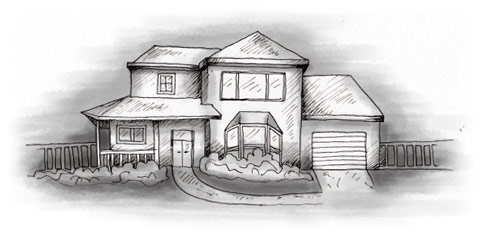Most urbanisations are developed by foreign companies for foreigners, as the Spanish prefer to live among their family and friends in their ‘twilight’ years.
Many sheltered housing developments attract older people, e.g. aged 65 plus, possibly with limited mobility. Developments usually consist of one and two-bedroom apartments or a combination of apartments, townhouses and villas, which can be purchased freehold or leasehold, i.e. a lifetime occupancy.
Properties usually have central heating, air-conditioning, fully-fitted kitchens and satellite TV. A wide range of communal facilities and services are provided, including medical and dental clinics (possibly with a resident doctor and dentist), nursing facilities, lounges, laundry, housekeeping, sauna, Jacuzzi, restaurant, bar, meal delivery, handyman, mini-supermarket, post and banking, guest apartments, free local transport, 24-hour security with closed-circuit television (CCTV), intercom service, personal emergency alarm system and a 24-hour multi-lingual reception.
Sports and leisure services may include swimming pools, tennis courts, lawn bowling, gymnasium, video room, library and a social club.
Most sheltered housing developments levy monthly service charges, e.g. between e150 and e500, which may include a number of weeks’ (e.g. six) nursing care per illness, per year in a residents’ nursing home. Charges usually include heating and air-conditioning, hot and cold water, satellite TV, and all the other services listed above.
This article is an extract from Buying a home in Spain. Click here to get a copy now.


